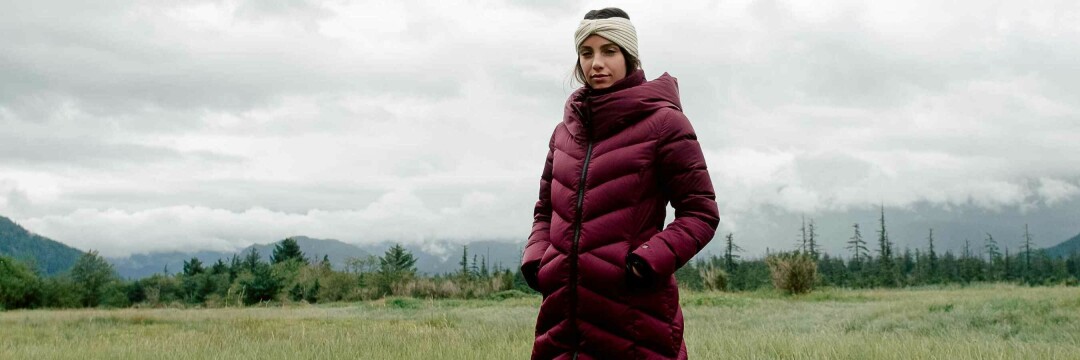BSSHA & BSCO Announce Rink Schedule & Programming for Winter Season
[BIG SKY, MT, Nov 6, 2020]—The Big Sky Skating & Hockey Association (BSSHA) and Big Sky Community Organization (BSCO) have announced the schedule and programming for the ice rink this winter. The rink will be open from December 1 - March 21, 2021 with a variety of programs for kids and adults. The rink will be located in the same area as in the past, but access will now be through the north side while construction continues on BASE. Parking will be in the lot behind the Lone Peak Movie Theater.
Schedule
Monday
12pm - 5:00pm Open Skating
5:30pm - 7:00pm Kids Hockey Clinic (12/7 - 3/18)
7:00pm - 11:00pm Open Skate
Tuesday
12:00pm - 5:00pm Open Skate
5:30pm - 9:00pm 3 on 3 Hockey League (12/8 - 3/9)
9:00pm - 11:00pm Open Skate
Wednesday
12:00pm - 5:00pm Open Skate
5:30pm - 6:30pm Kids Hockey Clinic (12/9 - 3/17)
6:30pm - 11:00pm Open Skate
Thursday
12:00pm - 5:00pm Open Skate
5:30pm - 7:00pm Kids Hockey Clinic (12/7 - 3/18)
7:30pm - 9:00pm Drop in Hockey
9:00pm - 11:00pm Open Skate
Friday
12:00pm - 4:00pm Open Skate
5:30pm - 11:00pm Curling (1/8 – 3/20)
Saturday
12:00pm - 11:00pm Open Skating
Sunday
12:00pm - 5:30pm Open Skating
6:00pm - 9:30 pm Broomball (12/13 - 3/21)
Get Your Team Together
Anyone interested in the kids hockey league, or getting a team together for the 3 on 3 hockey, curling or broomball leagues, please email bigskyice@gmail.com Spots are filling up, act soon.
Support BSSHA
Interested in supporting the ice rink and wide array of programming BSSHA provides for youth and adults in Big Sky? Board sponsorships are currently available for $500 for the season. November 15th is the last day to purchase a board and show your company or family’s support for the rink. There is also a big need for volunteers to help set the rink up for the season. On Nov. 14th & 15th, parents, players, those who enjoy skating and anyone who would like to volunteer is asked to meet at the rink at 9am. To sign up to volunteer or to sponsor a board, please email bigskyice@gmail.com.
About the Big Sky Skating & Hockey Association
Big Sky Skating and Hockey Association is a Montana non-profit corporation in Big Sky, MT dedicated to bringing hockey, ice skating, and programs to the Big Sky community. The Big Sky Ice Rink is located outdoors in the Town Center.
About the Big Sky Community Organization
For more than 20 years, the Big Sky Community Organization has been serving Big Sky by creating exceptional facilities, trails, public spaces and experiences through community collaborations and recreational opportunities. Its mission—to engage and lead people to recreational and enrichment opportunities through thoughtful development of partnerships, programs and places—has come to fruition through multiple successful initiatives including: the successful fundraising campaign to create BASE, a place for all of Big Sky; Ousel Falls Open Space Park & Trailhead; Big Sky Community Park; Camp Big Sky and more. Each project started as an idea, realized through community leadership, collaboration and philanthropy. To learn more about BSCO and how you can get involved, please visit bscomt.org.












News Comments
Thank you
Open Auditions for Annie
Monday, Sep. 16, 2024
I’m at the Bozeman airport where your painting, “Blowing East” is displayed. It’s absolutely gorgeous! Bravo, Marci!!
The Artists’ Gallery in Bozeman’s Emerson Cultural Center May Exhibits
Sunday, Jun. 30, 2024
This is so typical of a sign in, which we should not have to do to check if we or some one in our party got a permit. I have been working or "creating an account" for 30 minutes and just get the same ...
Smith River permit drawing results available
Sunday, Mar. 10, 2024
I have struggled with this podcast and my own participation therein, the event itself obviously traumatic, but beyond that my inability to reach anyone and convey anything resembling truth. The person ...
Billings, MT Case Becomes True Crime Podcast | 'An Absurd Result'
Marktokarski
Saturday, Jan. 20, 2024